|
#1
| |||
| |||
|
Will you please provide here the JAM Joint Admission Test Physics question paper? JAM Joint Admission Test is for M.Sc. This examination is conducted by the Indian Institute of Science and Technology every year to select eligible candidates for its M. Sc programmes. IIT JAM Paper Pattern IIT JAM Exam will be held in two sessions: Session I Session I subjects are Biological Science, Computer Application, Chemistry, Geophysics, Mathematical Statistics. Session II Session II Subjects are Biotechnology, Geology, Mathematics, Physics Number of Questions : 100 Questions Type of Questions : Objective Type Questions Total Marks : 100 1/3 marks will be defected for each wrong answer form total marks of question as negative marking. 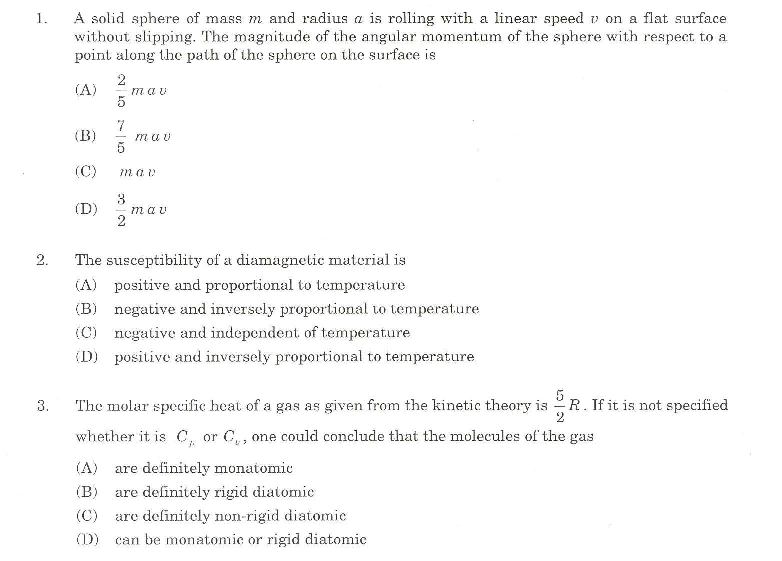 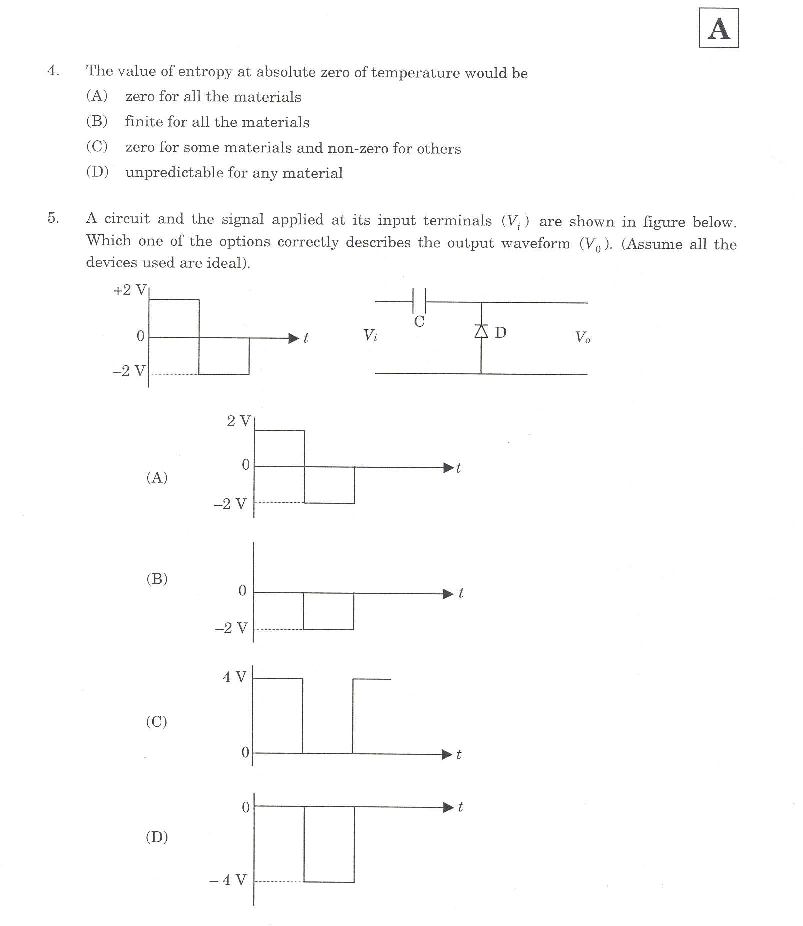 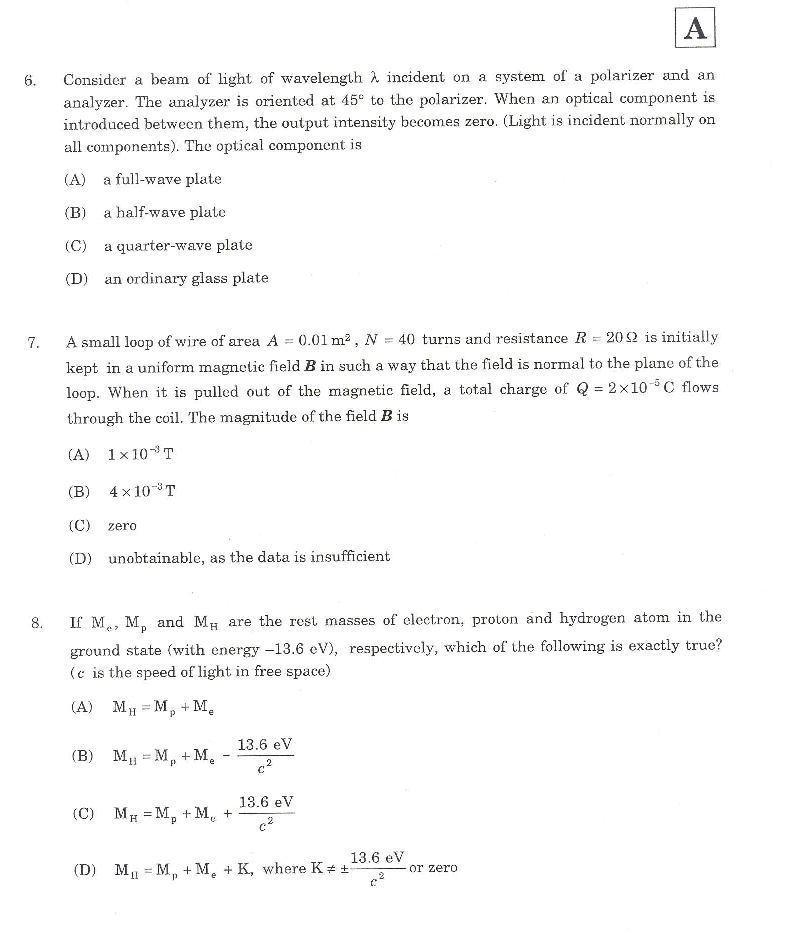 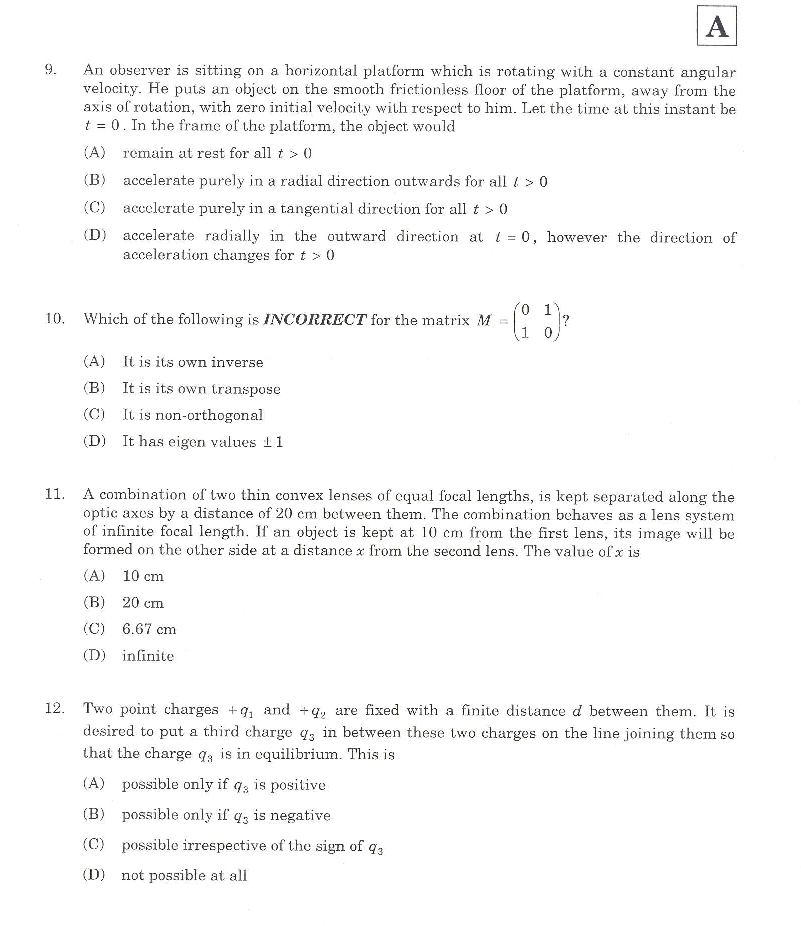 Last edited by Aakashd; May 28th, 2019 at 12:25 PM. |
|
#2
| |||
| |||
|
Here I am providing the syllabus for the IIT JAM Physics Syllabus for your idea . Mathematical Methods : Calculus of single and multiple variables, partial derivatives, Jacobian, imperfect and perfect differentials, Taylor expansion, Fourier series. Vector algebra, Vector Calculus, Multiple integrals, Divergence theorem, Green’s theorem, Stokes’ theorem. First and linear second order differential equations. Matrices and determinants, Algebra of complex numbers. Mechanics and General Properties of Matter : Newton’s laws of motion and applications, Velocity and acceleration in Cartesian, polar and cylindrical coordinate systems, uniformly rotating frame, centrifugal and Coriolis forces, Motion under a central force, Kepler’s laws, Gravitational Law and field, Conservative and non – conservative forces. System of particles, Centre of mass, equation of motion of the CM, conservation of linear and angular momentum, conservation of energy, variable mass systems. Elastic and inelastic collisions. Rigid body motion, fixed axis rotations, rotation and translation, moments of Inertia and products of Inertia. Principal moments and axes. Kinematics of moving fluids, equation of continuity, Euler’s equation, Bernoulli’s theorem. Oscillations, Waves and Optics : Differential equation for simple harmonic oscillator and its general solution. Superposition of two or more simple harmonic oscillators. Lissajous figures. Damped and forced oscillators, reso*nance. Wave equation, traveling and standing waves in one – dimension. Energy density and energy transmission in waves. Group velocity and phase velocity. Sound waves in media. Doppler Effect. Fermat’s Principle. General theory of image formation. Thick lens, thin lens and lens combina*tions. Interference of light, optical path retardation. Fraunhofer diffraction. Rayleigh criterion and resolving power. Diffraction gratings. Polarization : linear, circular and elliptic polarization. Double refraction and optical rotation. Electricity and Magnetism : Coulomb’s law, Gauss’s law. Electric field and potential. Electrostatic boundary conditions, Solution of Laplace’s equation for simple cases. Conductors, capacitors, dielectrics, dielectric polarization, volume and surface charges, electrostatic energy. Biot – Savart law, Ampere’s law, Faraday’s law of electromagnetic induction, Self and mutual inductance. Alternating currents. Simple DC and AC circuits with R, L and C components. Displacement current, Maxwell’s equations and plane electromagnetic waves, Poynting’s theorem, reflection and refraction at a dielectric interface, transmission and reflection coefficients ( normal incidence only ). Lorentz Force and motion of charged particles in electric and magnetic fields. Kinetic theory, Thermodynamics : Elements of Kinetic theory of gases. Velocity distribution and Equipartition of energy. Specific heat of Mono -, di – and tri – atomic gases. Ideal gas, van – der – Waals gas and equation of state. Mean free path. Laws of thermodynamics. Zeroeth law and concept of thermal equilibrium. First law and its consequences. Isothermal and adiabatic processes. Reversible, irreversible and quasi – static processes. Second law and entropy. Carnot cycle. Maxwell’s thermodynamic relations and simple applications. Thermodynamic potentials and their applications. Phase transitions and Clausius – Clapeyron equation. Ideas of ensembles, Maxwell-Boltzmann, Fermi- Dirac and Bose-Einstein distributions. Modern Physics : Inertial frames and Galilean invariance. Postulates of special relativity. Lorentz transformations. Length contraction, time dilation. Relativistic velocity addition theorem, mass energy equivalence. Blackbody radiation, photoelectric effect, Compton effect, Bohr’s atomic model, X – rays. Wave – particle duality, Uncertainty principle, Schrodinger equation and its solution for one, two and three dimensional boxes. Reflection and transmission at a step potential, Pauli exclusion principle. Structure of atomic nucleus, mass and binding energy. Radioactivity and its applications. Laws of radioactive decay. Solid State Physics, Devices and Electronics : Crystal structure, Bravais lattices and basis. Miller indices. X – ray diffraction and Bragg’s law; Intrinsic and extrinsic semiconductors, variation of resistivity with temperature. Fermi level. p – n junction diode, I – V characteristics, Zener diode and its applications, BJT: characteristics in CB, CE, CC modes. Single stage amplifier, two stage R-C coupled amplifiers. Simple Oscillators : Barkhausen condition, sinusoidal oscillators. OPAMP and applications : Inverting and non – inverting amplifier. Boolean algebra : Binary number systems; conversion from one system to another system; binary addition and subtraction. Logic Gates AND, OR, NOT, NAND, NOR exclusive OR; Truth tables; combination of gates; de Morgan’s theorem. For the question paper , here is the attachment IIT JAM Physics Books 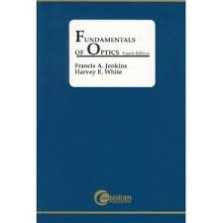  
__________________ Answered By StudyChaCha Member Last edited by Aakashd; August 2nd, 2018 at 11:47 AM. |